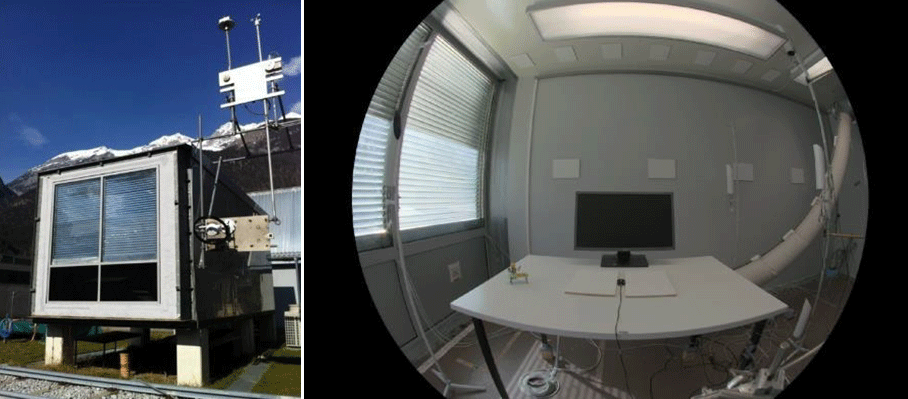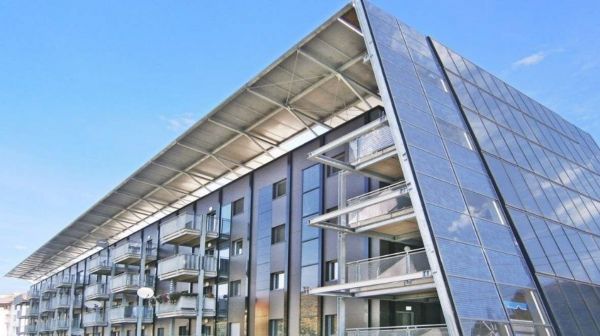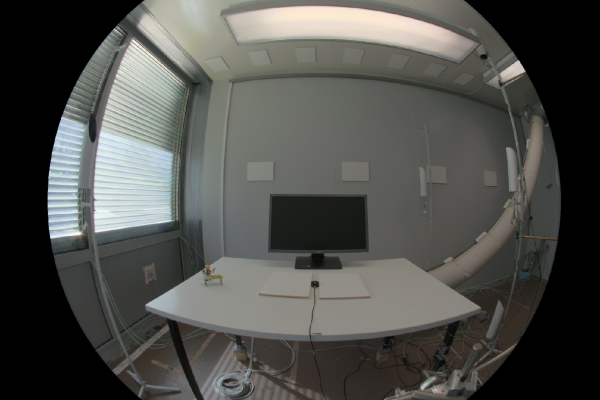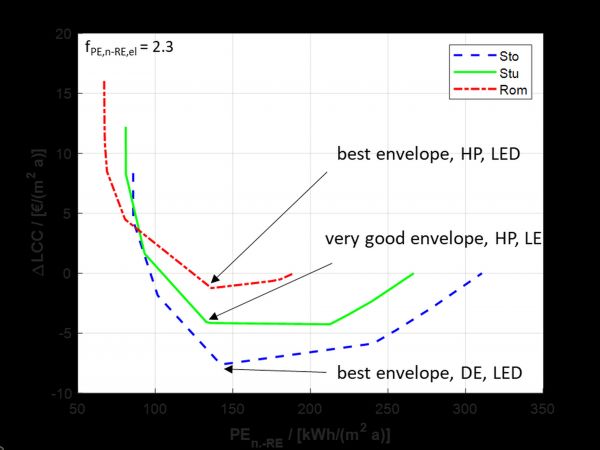IEA SHC Task 56: Building Integrated Solar Envelope Systems for HVAC and Lighting
Short Description
The task focused on the critical analysis, simulation, laboratory testing and onsite monitoring of the proposed Solar Envelope systems with active and/or passive elements for the use of incident solar energy in order to
- deliver renewable thermal or/and electric energy to the building and its HVAC system providing heating, cooling and ventilation and/or
- reduce heating and cooling demands of buildings, while enhancing daylight utilization
Technologies for residential buildings and buildings with tertiary use were considered, both new-built and retrofitted ones. The central task was the integration of Solar Envelope solutions into the building's HVAC and lighting systems through a systemic approach. Energy efficiency, indoor comfort (thermal and visual), air quality and architectural integration were addressed equally.
The Austrian participation focused on three areas.
- Systems for daylight utilization, solar shading and glare protection (focus on office buildings)
- Systems for heating and cooling based on heat pumps using renewable energy such as (BI)PV or (BI)ST
- management of Subtask C (simulation-supported evaluation of solar facade systems at building level)
1) Systems for daylight utilization, solar shading and glare protection (focus on office buildings)
In the field of daylighting, new system solutions are continuously developed, characterized by simulation and measurements, evaluated and finally implemented in planning projects. Optimal lighting conditions and energy performance of a façade must always be taken into account in the same way. The necessary foundations for this have been and are being developed in numerous research projects (e.g. DALEC, VisErgyControl, LightSimHeat, FACEcamp). As part of the IEA SHC Task 56, simulation strategies were tested and optimized. In addition, the daylight design tool DALEC was further developed and compared with other simulation results. Different methods for assessing glare were evaluated.
2) Systems for heating and cooling based on heat pumps using renewable energy such as (BI)PV or (BI)ST
The focus of the Austrian contribution to the IEA SHC Task was on simulation-based studies on the evaluation of solar facades at building level. In the area of residential buildings, studies were carried out on different multi-family buildings and a single-family house. The examined solutions were based on several national and international projects in which ventilation with heat recovery using heat pumps or exhaust air heat pumps were developed and investigated. Building and system simulation was used to determine the primary energy consumption of e.g. heating and cooling supply systems coupled with PV. The primary goal was the further development of cost-effective systems that have a minimal non-renewable primary energy consumption (reduction of "winter gap").
3) Management of Subtask C (simulation-supported evaluation of solar facade systems at building level)
The evaluation of a wide variety of systems (different active and passive technologies such as shading and daylight systems, solar thermal, PV, ventilation, heat pump) at the building level requires coupled building and system simulation. Modelling and simulation enable the comparison of different technologies and the consideration of different locations. This requires multidisciplinary understanding (building physics, building and plant technology, renewable energies, especially PV). A method was developed and tested for this. Initially, models for office buildings (office cells) were modelled in various platforms and cross-validated. Reference buildings and boundary conditions were defined and the systems were evaluated in terms of efficiency, comfort and indoor air quality. The models were documented and are available for further use.
To support the planning of efficient buildings with various passive and active systems, (pre-) design tools such as PHPP and DALEC were further developed and applied.
The strategic objective of the Task was to coordinate the research and innovation effort taking place within the scientific community and the private sector, towards the utilization of envelope integrated technologies.
Project Images
Terms of use: The pictures listed underneath the header “Project Pictures” originate from the projects in the frame of the programmes City of Tomorrow, Building of Tomorrow and the IEA Research Cooperation. They may be used credited for non-commercial purposes under the Creative Commons License Attribution-NonCommercial (CC BY-NC).
Publications
Publications are available on the website of IEA SHC Task 56.
Participants
Austria, Canada, Denmark, Germany, Ireland, Italy, Norway, Spain, Sweden, The Netherlands
Contact Address
Universität Innsbruck, Institut für Konstruktion und Materialwissenschaften
Arbeitsbereich Energieeffizientes Bauen (UIBK)
Technikerstrasse 13, 6020 Innsbruck
Fabian Ochs, Dietmar Siegele, Georgios Dermentzis, Mara Magni, Elisa Venturi
Tel.: +43 512 507-63603
E-Mail: fabian.ochs@uibk.ac.at
AEE – Institut für Nachhaltige Technologien (AEE INTEC)
Feldgasse 19, 8200 Gleisdorf
David Venus, Christian Fink
Tel.: +43 (0)3112-5886
E-Mail: office@aee.at
Bartenbach Research & Development
David Geisler-Moroder, Martin Hauer, Wilfried Pohl
Rinner Strasse 14, 6071 Aldrans
Tel.: +43 512 3338-86
E-Mail: david.geisler-moroder@bartenbach.com
www.bartenbach.com




